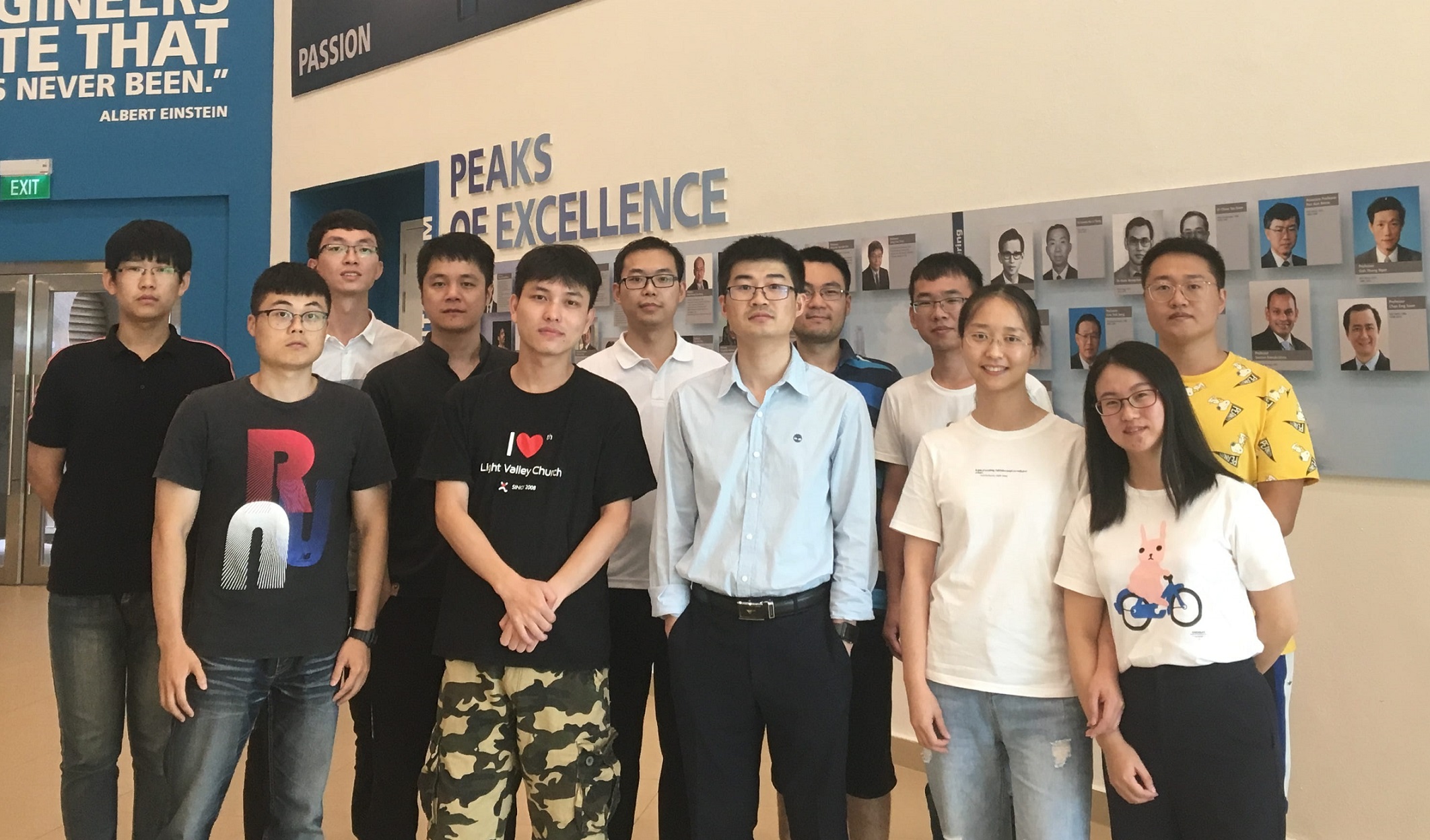Chen Fan
.jpg?sfvrsn=b70d7cd4_0)
Hi, my name is Chen Fan, a Ph.D. candidate from the Department of Mechanical Engineering at the National University of Singapore (NUS). I am currently majoring in solid mechanics and data-driven based physical field analysis in additive manufacturing, and my research direction focuses on the multi-scale, multi-physics modelling of the thermal stress and temperature field in additive manufacturing. I joined A*STAR’s Institute of High Performance Computing (IHPC) as an attachment student in July 2021.
At IHPC, I was assigned a workstation to perform numerical simulations related to the multi-scale, multi-physical modelling of the thermal stress and temperature field in Additive Manufacturing (AM). IHPC has provided me with ample computational resources which were essential to my primary work, where I helped to implement IHPC’s material model in a process simulation and translate the dislocation density based plasticity model into NUS’s platform.
Q: Describe a typical work week.

A group photo with my lab members and Prof Yan Wentao, my Ph.D. supervisor at NUS
(Front row - third man in the center)
The main challenge in my Ph.D. research is the high computational cost. Not only has IHPC provided me with the computational resources, but the research institute has also assisted me in efficiently completing many large Finite Element Method (FEM) jobs and provided valuable guidance on developing the large FEM models. The computational models developed were also helpful in our IHPC-NUS collaboration programme. In July 2022, I had submitted my Ph.D. thesis with the main results of two chapters achieved during my attachment in IHPC.
As an attachment student, I am extremely grateful for the opportunity to apply for the A*STAR International Fellowship (AIF). I have also learned a lot from my IHPC co-advisor, Dr Zhang Zhiqian, Senior Scientist from the Engineering Mechanics department, who is always there to answer my questions and keep me updated on all the funding opportunities, awards, and job openings. He clarified my presentation's strengths and weaknesses and offered numerous suggestions for my future career.
With this invaluable experience, I saw a significant improvement in my interview presentations and was offered a post-doctoral position at Northwestern University eventually.
A*STAR celebrates International Women's Day

From groundbreaking discoveries to cutting-edge research, our researchers are empowering the next generation of female science, technology, engineering and mathematics (STEM) leaders.
Get inspired by our #WomeninSTEM
.png?sfvrsn=ff199933_15)